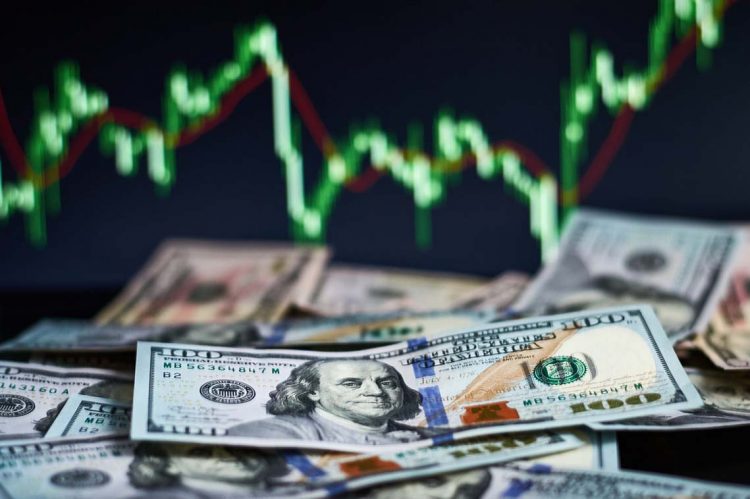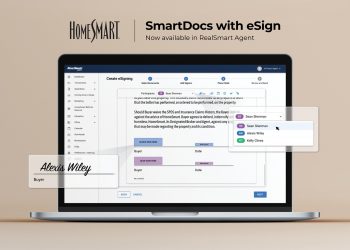The Bureau of Labor Statistics (BLS) released its consumer price index (CPI) summary Tuesday morning showing an almost 40-year high year-over-year increase in December at 7%, with core inflation at 5.5%.
After months of referring to spiraling price increases as “transitory,” the Federal Reserve has begun approaching the issue with more urgency in recent weeks, planning to accelerate its tapering of bond purchases and estimating three interest rate hikes in 2022 to combat the persistent upward pressure on prices.
Investors did not seem to be phased, at least initially, with both the Dow and the S&P up about half a percent in early trading.
December’s increase was driven by jumps in food, shelter and vehicle prices, as energy costs actually fell between November and December of 2021, with gas dropping 0.6% and fuel oil down by 2.4%. Gasoline is still up a staggering 49.6% year-over-year, while food has risen 6.3% in that same time frame, 0.5% between November and December.
Used vehicles, which have been a significant driver of core inflation, rose an additional 3.5% in a month, now up 37.3% year-over-year as supply chain jams and heavy demand have pushed those prices to new heights. New vehicles are up 11.8% over the past 12 months, a 1% increase November to December.
Shelter, which measures rent and owners’ equivalent rent, was up 0.4% monthly, the same increase that data point saw in both November and October CPI. The cost of shelter is up 4.1% on the year.
Economists have pushed back against the notion that the country is headed toward the kind of hyperinflation seen in the 70s and 80s, expecting that some of the bigger outlier increases—used cars for instance—will normalize in the next few months.
 Jesse Williams is RISMedia’s associate online editor. Email him your real estate news ideas to jwilliams@rismedia.com.
Jesse Williams is RISMedia’s associate online editor. Email him your real estate news ideas to jwilliams@rismedia.com.












